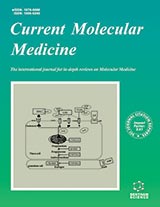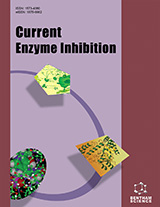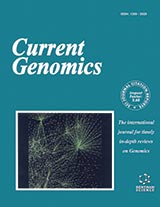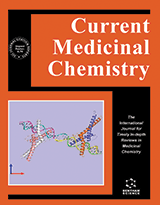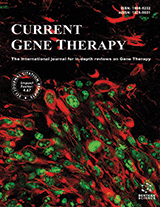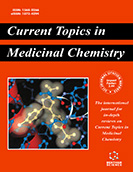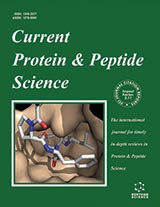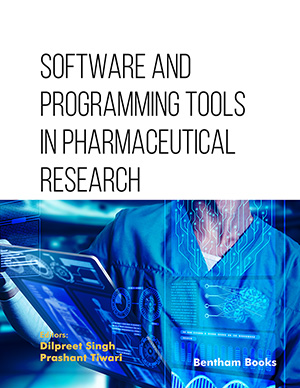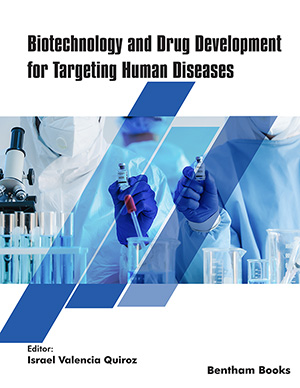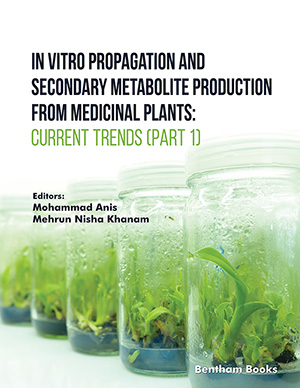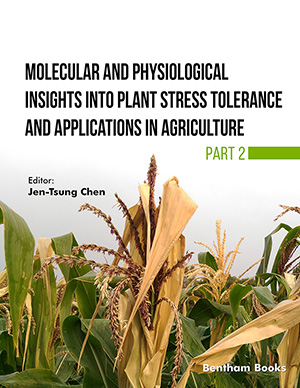Abstract
The correlates of protective immunity in HIV-1 infection include the endogenous production of compounds with anti-HIV-1 activity. These compounds can be produced independently of specific humoral or cellular immune responses. A model of compartmental inhibition of HIV-1 infection is the placenta, an organ that prevents transmission of HIV-1 to the fetus in the majority of HIV-1 pregnancies. Studies of this organ elucidated new compounds and mechanisms for prevention and treatment of HIV including the potent inhibitor of HIV-1, leukemia inhibitory factor (LIF). Besides coordinating the humoral and cellular immune responses, cytokines such as IFN-? exhibit intrinsic antiviral activity that represents the first line of defense against pathogens prior to the development of a specific immune response. The study of antiviral factors is particularly important in HIV / AIDS because of the direct destruction of the immune system by HIV-1. In this report, we focus on the identification and mechanism of endogenously produced anti-HIV factors and the overall function of these factors in the prevention and treatment of HIV / AIDS.
Keywords: hiv, lif, cytokines, jak, stat, reverse transcription, transcription, placenta
Current Molecular Medicine
Title: Endogenous Inhibitors of HIV: Potent Anti-HIV Activity of Leukemia Inhibitory Factor
Volume: 2 Issue: 8
Author(s): B. K. Patterson, A. Tjernlund and J. Andersson
Affiliation:
Keywords: hiv, lif, cytokines, jak, stat, reverse transcription, transcription, placenta
Abstract: The correlates of protective immunity in HIV-1 infection include the endogenous production of compounds with anti-HIV-1 activity. These compounds can be produced independently of specific humoral or cellular immune responses. A model of compartmental inhibition of HIV-1 infection is the placenta, an organ that prevents transmission of HIV-1 to the fetus in the majority of HIV-1 pregnancies. Studies of this organ elucidated new compounds and mechanisms for prevention and treatment of HIV including the potent inhibitor of HIV-1, leukemia inhibitory factor (LIF). Besides coordinating the humoral and cellular immune responses, cytokines such as IFN-? exhibit intrinsic antiviral activity that represents the first line of defense against pathogens prior to the development of a specific immune response. The study of antiviral factors is particularly important in HIV / AIDS because of the direct destruction of the immune system by HIV-1. In this report, we focus on the identification and mechanism of endogenously produced anti-HIV factors and the overall function of these factors in the prevention and treatment of HIV / AIDS.
Export Options
About this article
Cite this article as:
Patterson K. B., Tjernlund A. and Andersson J., Endogenous Inhibitors of HIV: Potent Anti-HIV Activity of Leukemia Inhibitory Factor, Current Molecular Medicine 2002; 2 (8) . https://dx.doi.org/10.2174/1566524023361817
| DOI https://dx.doi.org/10.2174/1566524023361817 |
Print ISSN 1566-5240 |
| Publisher Name Bentham Science Publisher |
Online ISSN 1875-5666 |
 4
4
- Author Guidelines
- Graphical Abstracts
- Fabricating and Stating False Information
- Research Misconduct
- Post Publication Discussions and Corrections
- Publishing Ethics and Rectitude
- Increase Visibility of Your Article
- Archiving Policies
- Peer Review Workflow
- Order Your Article Before Print
- Promote Your Article
- Manuscript Transfer Facility
- Editorial Policies
- Allegations from Whistleblowers
Related Articles
-
GDF-15: A Multifunctional Modulator and Potential Therapeutic Target in Cancer
Current Pharmaceutical Design Inflammatory Mechanisms and Oxidative Stress in Peyronies Disease: Therapeutic “Rationale” and Related Emerging Treatment Strategies
Inflammation & Allergy - Drug Targets (Discontinued) The Association of Fractalkine Receptor (T280M) Polymorphism in the Pathogenesis of Acute Coronary Syndrome in the Egyptian Population
Current Pharmaceutical Biotechnology Ganoderma lucidum: A Potential for Biotechnological Production of Anti-Cancer and Immunomodulatory Drugs
Recent Patents on Anti-Cancer Drug Discovery Identification of Potential Drug Therapy for Dermatofibrosarcoma Protuberans with Bioinformatics and Deep Learning Technology
Current Computer-Aided Drug Design Pathophysiology and Treatment of Fibromyalgia Syndrome
Current Rheumatology Reviews Stem Cell Therapy for Neurologic Disorders: Therapeutic Potential of Adipose-Derived Stem Cells
Current Drug Targets Biochemical Markers for Brain Injury Monitoring in Children with or without Congenital Heart Diseases
CNS & Neurological Disorders - Drug Targets Monoclonal Antibody “Gold Rush”
Current Medicinal Chemistry From Endodontic Therapy to Regenerative Endodontics: New Wine in Old Bottles
Current Stem Cell Research & Therapy Scheduling of Taxanes: A Review
Current Clinical Pharmacology Identification of IL7RA Risk Alleles for Rapid Progression During HIV-1 Infection: A Comprehensive Study in the GRIV Cohort
Current HIV Research Stem Cell Therapy in Chronic Obstructive Pulmonary Disease. Seeking the Prometheus Effect
Current Drug Targets Probiotics for the Prevention and Treatment of Allergies, with an Emphasis on Mode of Delivery and Mechanism of Action
Current Pharmaceutical Design Molecular Targeted Approaches for Treatment of Pancreatic Cancer
Current Pharmaceutical Design The Etiology of Hypertension in the Metabolic Syndrome Part Three: The Regulation and Dysregulation of Blood Pressure
Current Vascular Pharmacology Neurobehavioral Differences Between Mice Receiving Distinct Neuregulin Variants as Neonates; Impact on Sensitivity to MK-801
Current Molecular Medicine Orai1 and Transient Receptor Potential Channels as Novel Molecular Targets to Impair Tumor Neovascularization in Renal Cell Carcinoma and other Malignancies
Anti-Cancer Agents in Medicinal Chemistry Microglia and Astrocytes in Alzheimer's Disease: Implications for Therapy
Current Neuropharmacology Association of Oxidative Stress to the Genesis of Anxiety: Implications for Possible Therapeutic Interventions
Current Neuropharmacology


